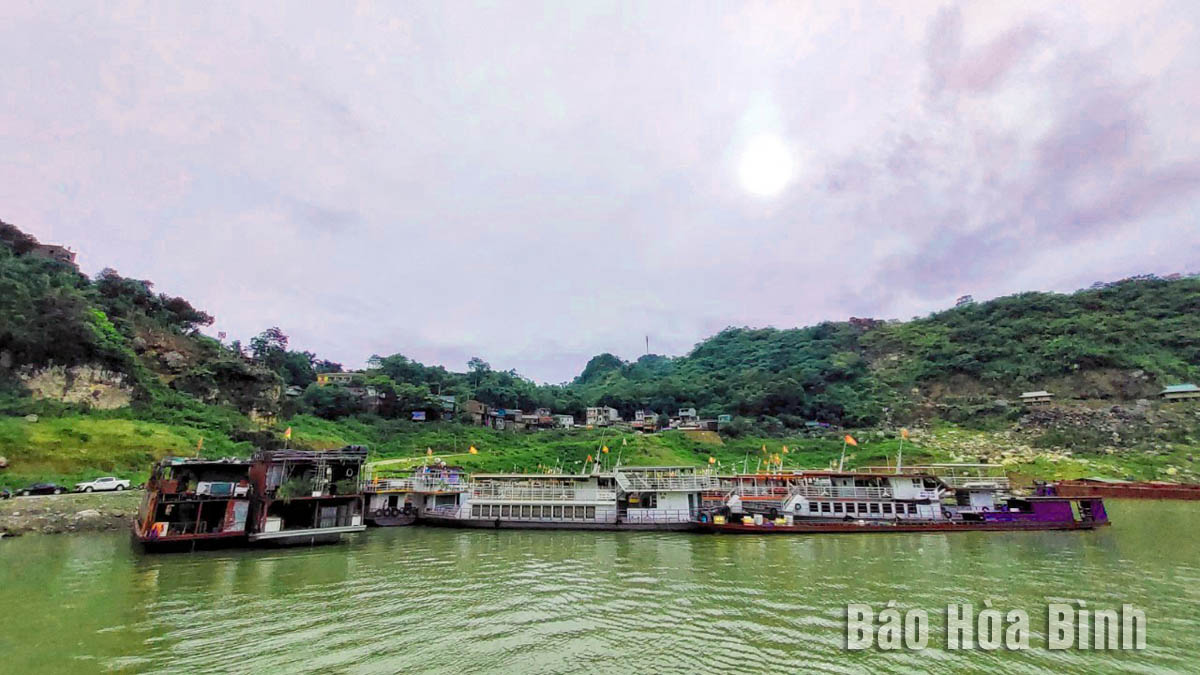(HBO) – Visitors to Hoa Binh Lake will have a chance to explore not only pristine landscapes but also unique cultural traits of local ethnic minority groups.
The Hoa Binh Lake
Tourist Area has attracted large crowds of tourists over the past years.
Hoa Binh Lake - the largest reservoir in
Southeast Asia, has become an attractive tourist area, with a water surface
area of nearly 9,000 hectares, stretching over 200 kilometre from Hoa Binh
province to its neighbouring Son La.
The Prime Minister on August 1, 2016, issued
Decision No. 1528/QD-TTg, approving a master plan on developing the National
Hoa Binh Lake Tourist Area by 2030.
To turn Hoa Binh Lake into a national tourist
area, the provincial Party Committee’s Standing Board issued Resolution No.
14-NQ/TU dated June 22, 2017, under which it is set to become the biggest in
the province and one of the 12 key tourist sites in the northern midland and
mountainous region.
The resolution has help unlock tourism potential
there, upgrade the local infrastructure system, especially transport
infrastructure, and attract more investment to the locality, including many
projects worth hundreds of billions of VND.
Notably, apart from spiritual tourism,
community-based tourism has been stepped up in the locality, with unique
hamlets like Ngoi in Suoi Hoa commune, Tan Lac district; and Bia Da in Tien
Phong commune, Da Bac district.
Ke hamlet in Da Bac district’s Hien Luong
commune, home to more than 100 Muong households, has promoted this type of
tourism with diverse products like kayaking and cycling, as well as tours to
fish farms and Doi Co Temple.
The Hoa Binh Lake Tourist Area counts more than
100 accommodation establishments, with the two resorts of Mai Chau Hideaway and
Ba Khan Village Resort.
Over the past time, Hoa Binh has cooperated with
other northwestern localities as well as Hanoi and other northern provinces and
Ho Chi Minh City in tourism development, in order to maximise its potential in
this field.



